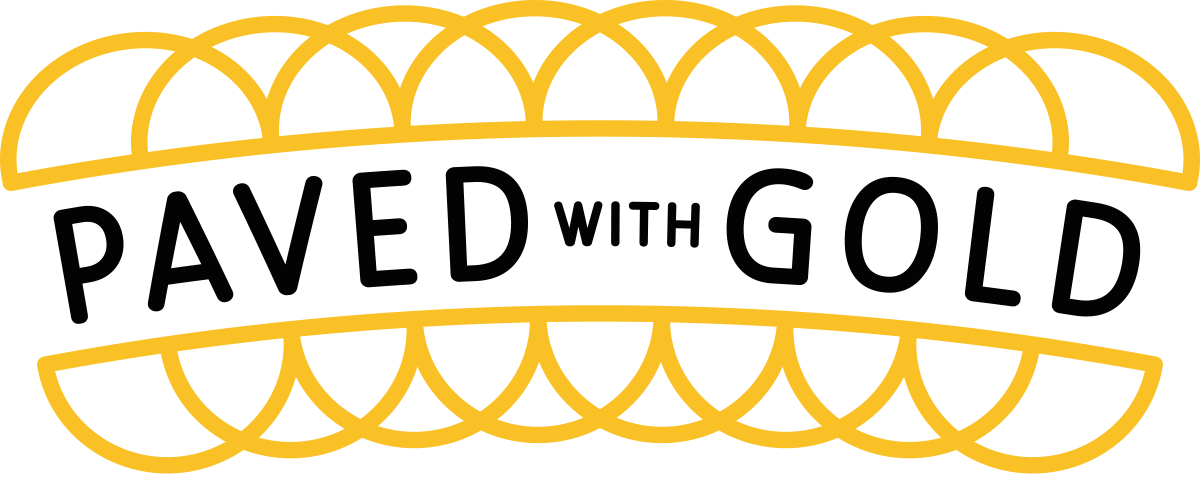"Richard Ling, Product Marketing Strategist at Paved With Gold, explores why a growing number of parents want their children to understand creative technology more deeply.
The key to getting my next fix of Enduro Racer was my older sister, but one day she wasn’t there. My parents were clueless as to how to set it up on our ZX Spectrum and told me to wait. Of course, when left alone I tried to plug it in myself, ultimately leading to me screaming for help under a broken television. If only they understood technology.
Parents today aren’t scared of technology. What they’re scared of is their children being stuck in front of a screen. With coding being made compulsory in the curriculum last year, parents understand the importance of their children learning about programming.
There have been a few projects that have spotted the trend and gone beyond teaching children just programming and focused more on play that is more active, creative and even emotive. Projects like Hackaball, the computer you can throw, a ball and app children can use to program their own games.
Having worked on the project and gathering feedback from parents, it was interesting to see that they were really drawn to how it encouraged their kids be more active and play in a more creative way. Learning about programming was more of a bonus. This is how we led our pitch on Kickstarter and Hackaball raised over $240,000.
Our team are also working with Technology Will Save Us – they make DIY gadget kits that help kids get hands-on with technology. More than just coding, it’s about getting kids making and inventing, and understanding how technology works. They encourage kids (and parents) to get a bit mucky with tech, soldering, hacking and understanding new things all the time. Bigger organisations are taking notice as Tech Will Save Us helped develop the BBC micro:bit alongside ARM, Samsung and Barclays.
There’s another recent project that didn’t quite reach its Kickstarter goal but saw enough demand that the team are going into production anyway. Avakai is a traditional wooden figurine that houses clever technology. The “21st century play companion” somewhat shows things going full circle; parents wanting technology for their kids that’s not about code and circuit boards but about feeling and traditional craftsmanship.
Parents are always looking for things that support or go beyond the school curriculum. What’s interesting is that this gap is being filled not by corporate toy companies but instead passionate startups with a maker mentality. Part of the attraction is that all of their ‘go get it’ stories become baked into the product offering as they bring their ideas to life. These projects and their stories are inspiring the next generation of makers.
It will be exciting to see what will come next, but even more exciting to imagine what the children of today will create in the future. Then there will be a day when kids are no longer stuck in front of the television (or under it)."












